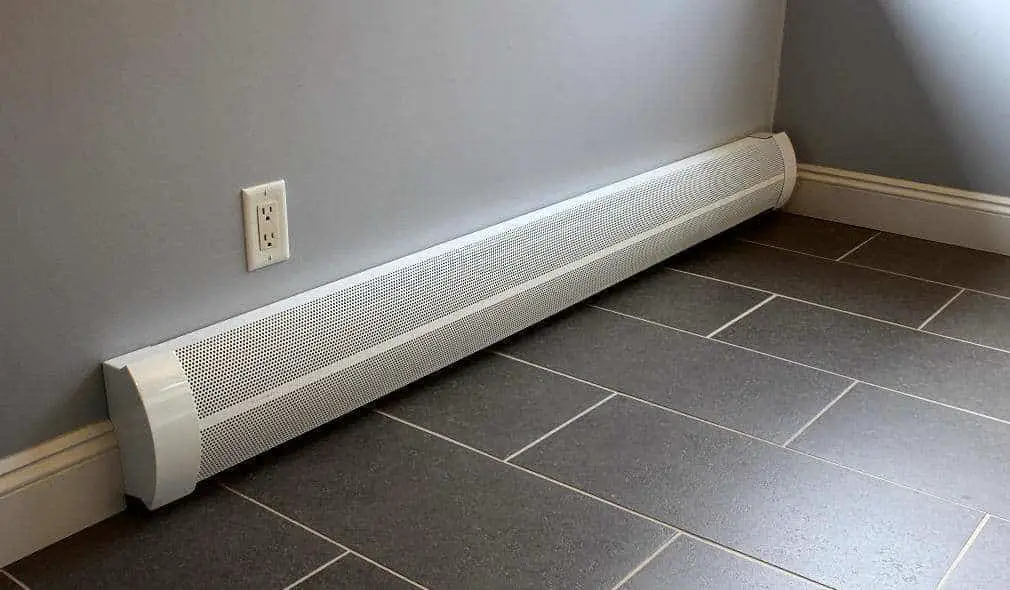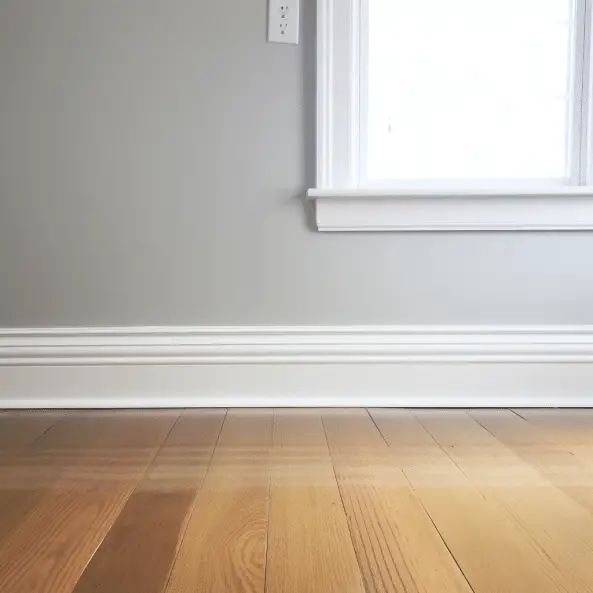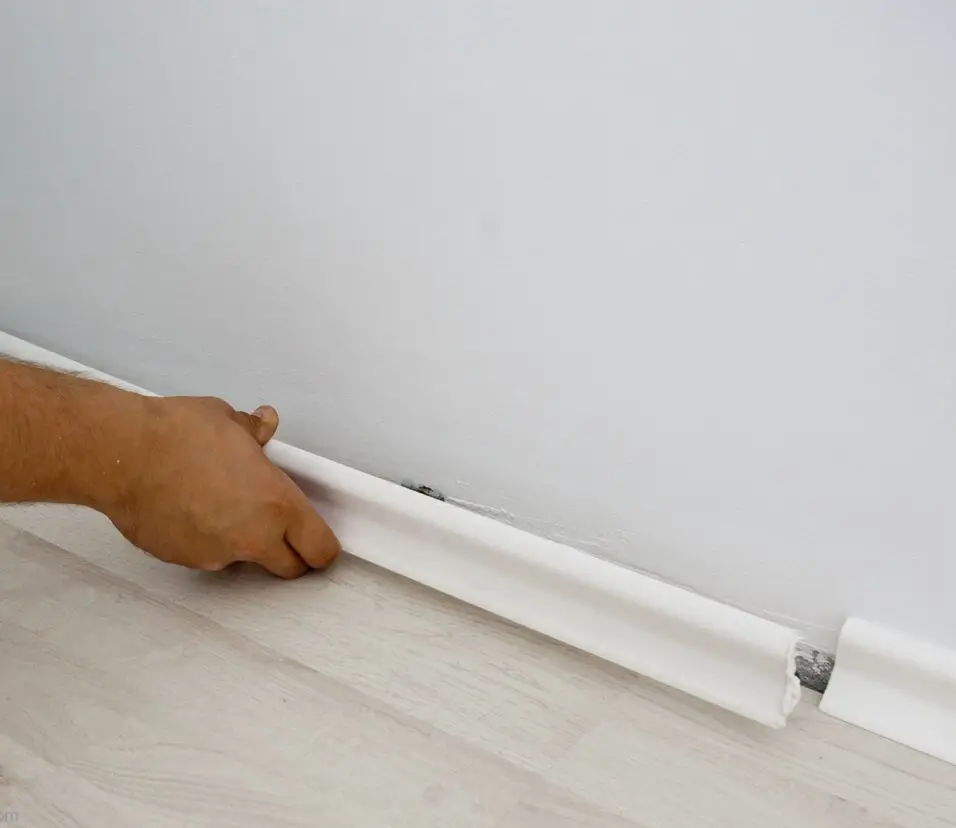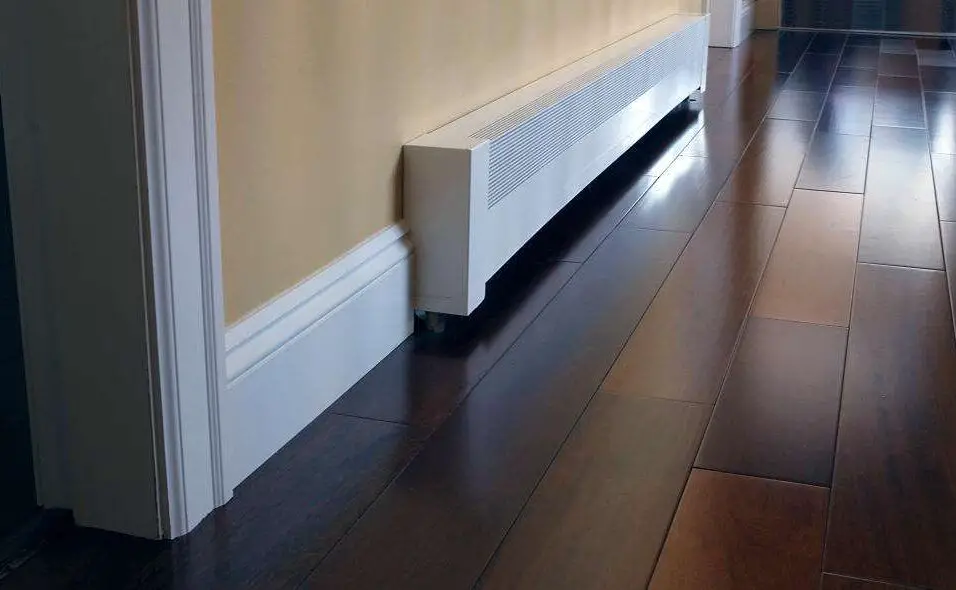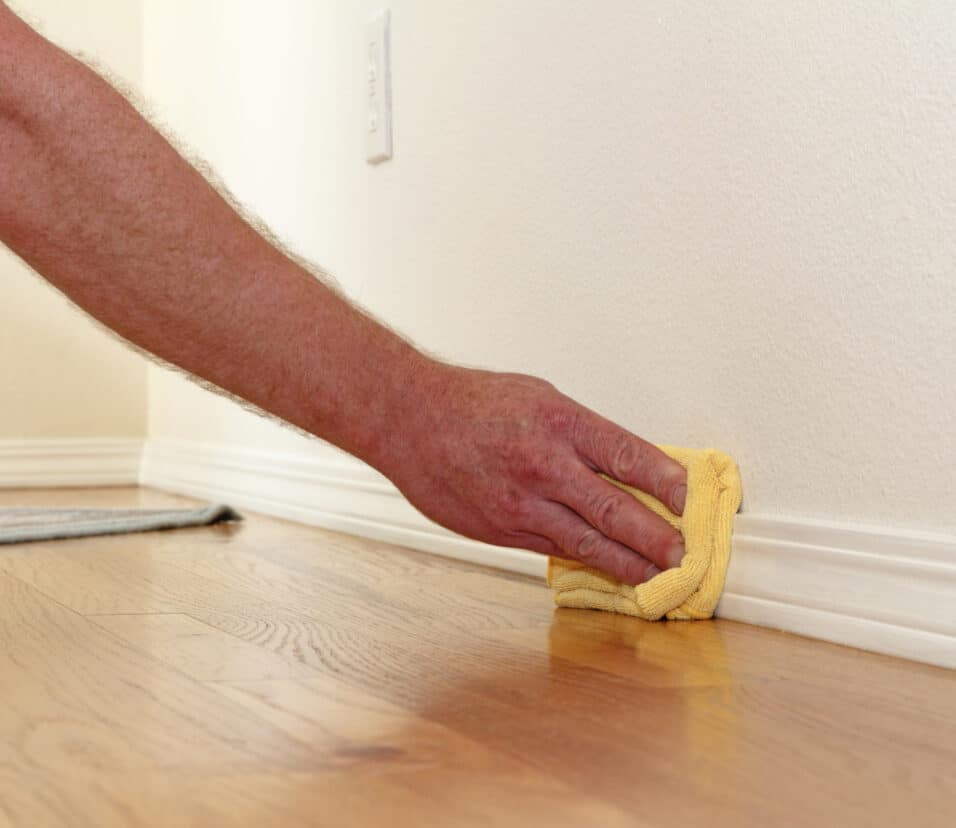Can Baseboard Heat Cause Fire
Introduction
Can Baseboard Heat Cause Fire: Baseboard heating is a popular method of heating homes, especially in colder climates. It involves the use of electric or hydronic baseboard heaters that are installed along the base of walls to provide warmth. While baseboard heating is generally considered safe and efficient, there have been concerns about the potential for these heaters to cause fires.
One of the main reasons why heat baseboard heating systems are considered safe is because they are designed to operate at low temperatures. Electric baseboard heaters, for example, typically have a maximum surface temperature of around 150 degrees Fahrenheit. This means that they are unlikely to ignite any nearby combustible materials, such as curtains or furniture.
However, it is important to note that baseboard heaters can still pose a fire risk if they are not properly maintained or if there are underlying electrical issues. For instance, if the wiring in the heater becomes damaged or frayed, it could potentially cause a short circuit and lead to a fire. Similarly, if the heater is overloaded with too much electrical current, it could overheat and pose a fire hazard.
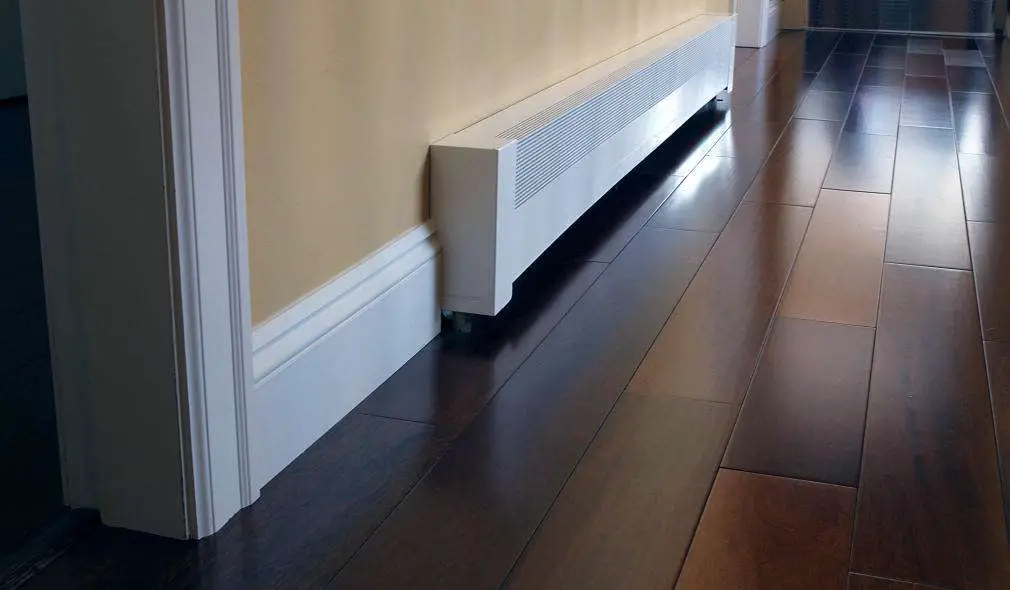
Can a fire start with baseboard heat?
Yes, a fire can start with baseboard heat. Baseboard heating systems are a popular choice for many homeowners due to their efficiency and ability to provide consistent warmth throughout a room. However, like any heating system, baseboard heat can pose a fire risk if not properly maintained or used correctly.
One of the main causes of fires related to baseboard heating is the buildup of dust and debris around the heating elements.This dust can become a fire hazard if it comes into contact with the hot heating elements. The heat from the elements can cause the dust to ignite, resulting in a fire.
Another potential fire risk with baseboard heating is the use of flammable materials near the heaters. Furthermore, faulty wiring or electrical issues can also lead to fires in baseboard heating systems.
Is it safe to put bed against baseboard heater?
12 inches or more is recommended between furniture and electric heaters. To the sides, furniture might be 6 inches distant. The farther away, the better.
Baseboard heaters might be dangerous when a bed is near one. This can cause fires and heating and furniture damage.
The risk of overheating makes putting a bed against a baseboard heater risky. Warm air is circulated by convection in baseboard heaters. Blocking ventilation and heat circulation with furniture in front of the heater. It might make the heater work harder and overheat, increasing fire risk. Cracks, warping, and furniture combustion can result. Avoid damage by keeping the bed and heater far apart.
Can baseboard heaters overheat?
A unit will automatically turn off when it begins to overheat due to clogging. Ensure the wiring is correct: A malfunctioning heater might be the result of a small wiring error.
Furthermore, having a bed against a baseboard heater can also affect the overall efficiency of the heating system. The obstructed airflow can cause uneven heating in the room, with some areas being too warm and others remaining cold. This can lead to discomfort and the need for higher energy consumption to maintain a comfortable temperature. It is best to keep the area around the baseboard heater clear to ensure efficient and effective heating.
One common cause of baseboard heater overheating is a buildup of dust and debris. This can result in overheating and potentially pose a fire hazard. Regular cleaning and maintenance of baseboard heaters is essential to prevent this issue. Another possible cause of baseboard heater overheating is a malfunction in the thermostat or temperature control system. It is important to regularly check and calibrate the thermostat to ensure it is working correctly.
In some cases, baseboard heaters may overheat due to a faulty or damaged heating element. It is important to inspect the heating elements regularly and replace any damaged or worn out parts to prevent overheating. Additionally, baseboard heaters should be installed and used according to the manufacturer’s instructions to prevent overheating. It is important to follow all safety guidelines and recommendations provided by the manufacturer.
How do I make my baseboard heaters safer?
However, nothing should restrict airflow in front of the heater for it to work effectively. At least 6 inches should separate any furniture from your baseboard heater.
Baseboard heaters provide warmth and comfort in many homes during the winter. This will prevent heater overheating or contact with combustible materials from starting fires.
Unmaintained baseboard heating systems, like any other heating system, can cause fires. Dust and dirt are major baseboard heating fire dangers. Dust and debris can build up in heating elements and cause fires when they touch hot surfaces. Baseboard heaters should be cleaned and vacuumed periodically to avoid dust and dirt.
Baseboard heaters near flammable items might cause fires. To avoid fires, keep drapes, furniture, and paper away from heaters. Fire prevention requires proper baseboard heating installation and maintenance. Following the manufacturer’s instructions and standards for baseboard heater safety is also vital.
Baseboard heating system maintenance and inspections are also necessary. This involves inspecting for frayed wires or faulty connections and fixing them immediately. The heating system should also be clean and free of debris that could start a fire.
How common are fire incidents caused by baseboard heating systems?
Fire incidents caused by baseboard heating systems are relatively rare. While baseboard heating systems can pose a fire risk if not properly maintained or used correctly, the occurrence of actual fires is not widespread. This is due in part to the fact that baseboard heating systems are designed with safety features to minimize the risk of fire.
However, it is important to note that even though fire incidents caused by baseboard heating systems may be uncommon, they can still happen. Factors such as faulty installation, improper maintenance, or misuse of the heating system can increase the likelihood of a fire. Therefore, it is crucial to follow safety guidelines and take necessary precautions to prevent fire incidents.
Are there any warning signs or indicators that can help identify a potential fire risk with baseboard heating?
When it comes to baseboard heating systems, there are several warning signs and indicators that can help identify a potential fire risk. One of the most common signs is the presence of a burning smell or unusual odors coming from the baseboard heater. This could indicate that there is a problem with the electrical wiring or that the heater is overheating. It is important to address this issue immediately to prevent any potential fire hazards.
Another warning sign to look out for is the presence of smoke or sparks coming from the baseboard heater. This could indicate a short circuit or a malfunctioning component within the system. If you notice any smoke or sparks, it is crucial to turn off the heater and contact a professional for inspection and repairs.
Additionally, if you notice that the baseboard heater is constantly tripping the circuit breaker or causing power outages, it could be a sign of an electrical issue that could potentially lead to a fire. It is important to have a qualified electrician inspect the system to identify and resolve any underlying problems.
What steps can be taken to mitigate the risk of fire when using baseboard heating in a residential or commercial setting
Additionally, it is crucial to keep the area around the baseboard heaters clean and free from any flammable materials. This means avoiding placing any combustible items such as curtains, furniture, or paper near the heaters. It is also important to regularly vacuum or sweep the area to remove any dust or debris that could potentially ignite. Installing smoke detectors and fire extinguishers in close proximity to the baseboard heaters is another important step in mitigating the risk of fire.
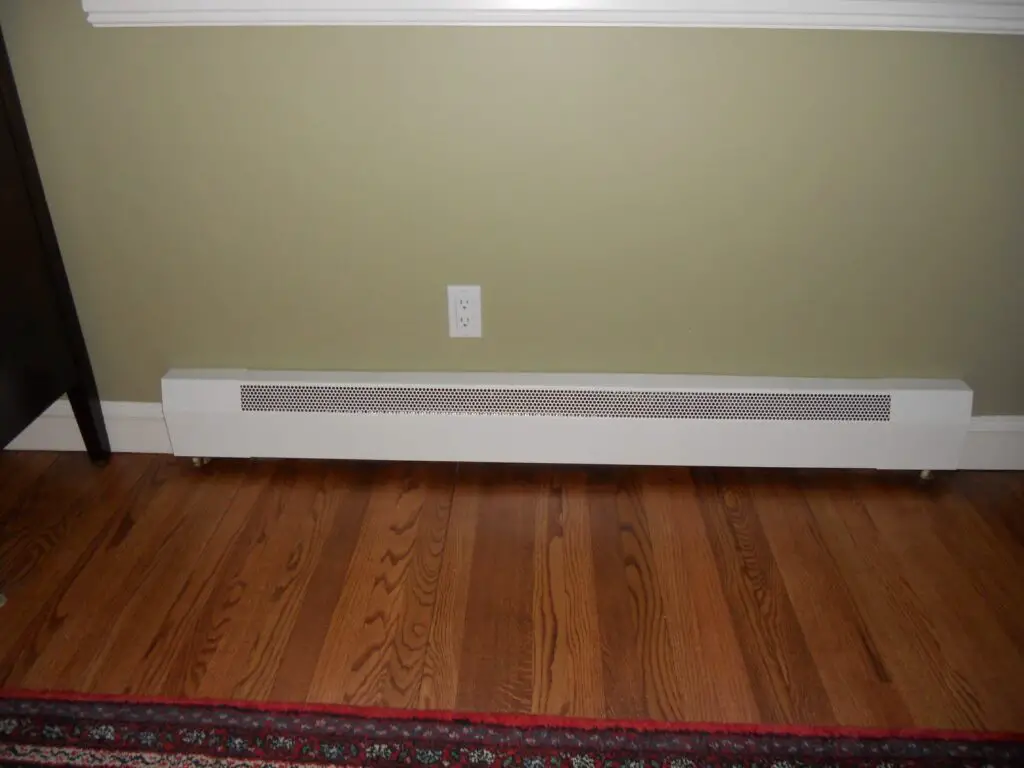
Conclusion
Regular inspections and cleaning of the heaters can help prevent the accumulation of dust and debris, which can be a fire hazard. Additionally, it is crucial to keep flammable materials away from the heaters and to never block the airflow around them. Learn about the potential fire hazards associated with baseboard heating systems and how to prevent them. Find out what precautions to take and how to ensure the safety of your home.
It is essential to use the correct wattage and voltage for the baseboard heaters to prevent overheating and potential fire hazards. Using a thermostat with built-in safety features, such as overheat protection, can also provide an added layer of safety and help prevent fires.
While baseboard heaters work themselves may not directly cause fires, they can contribute to the risk if not used and maintained properly. It is important to be aware of the potential dangers and to take necessary precautions to minimize the risk of fire. Regular maintenance, proper installation, and following safety guidelines can greatly reduce the likelihood of a fire occurring.



